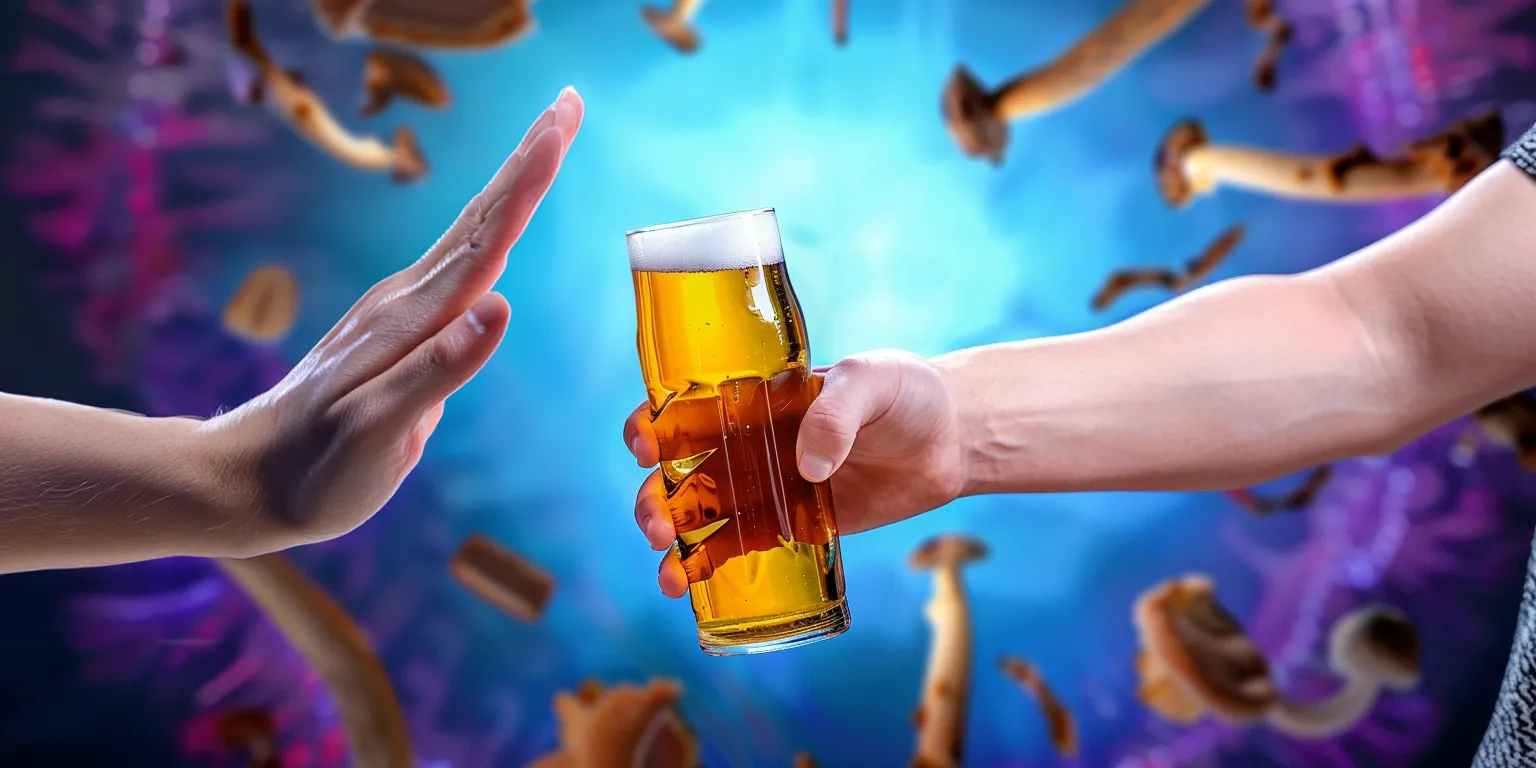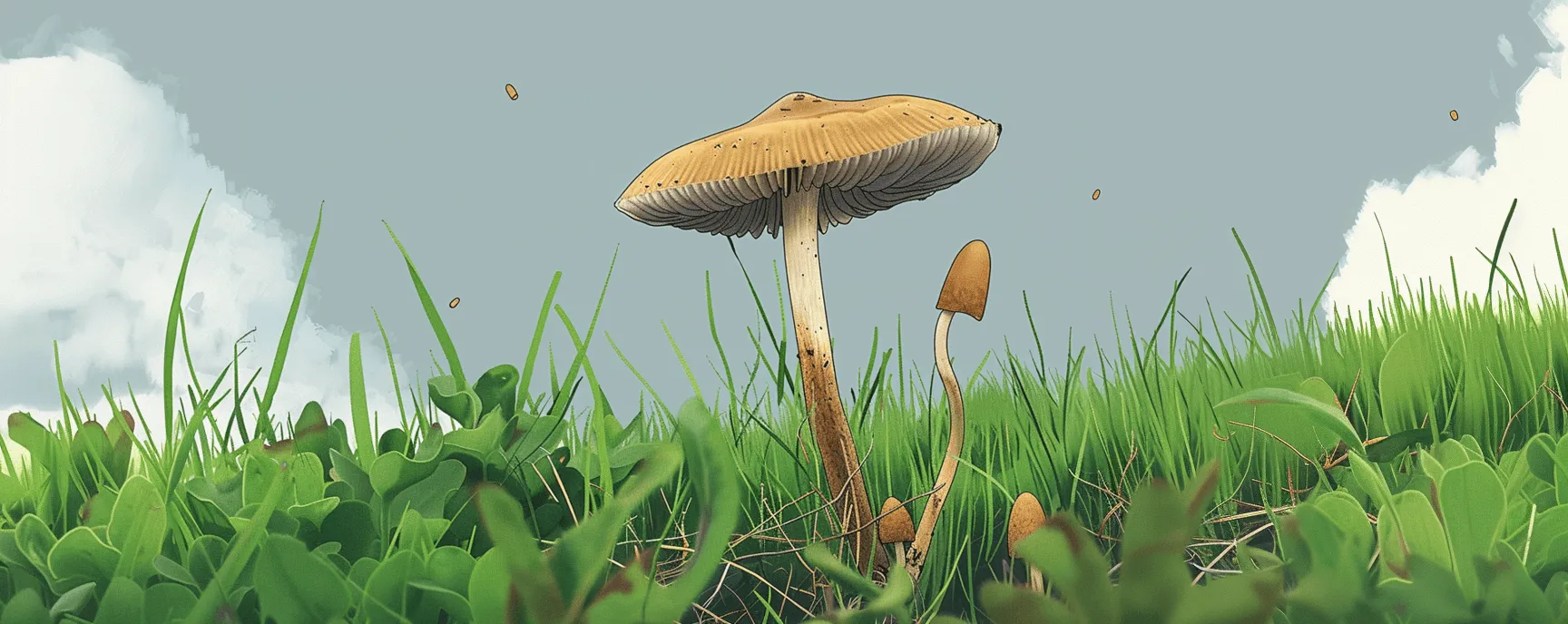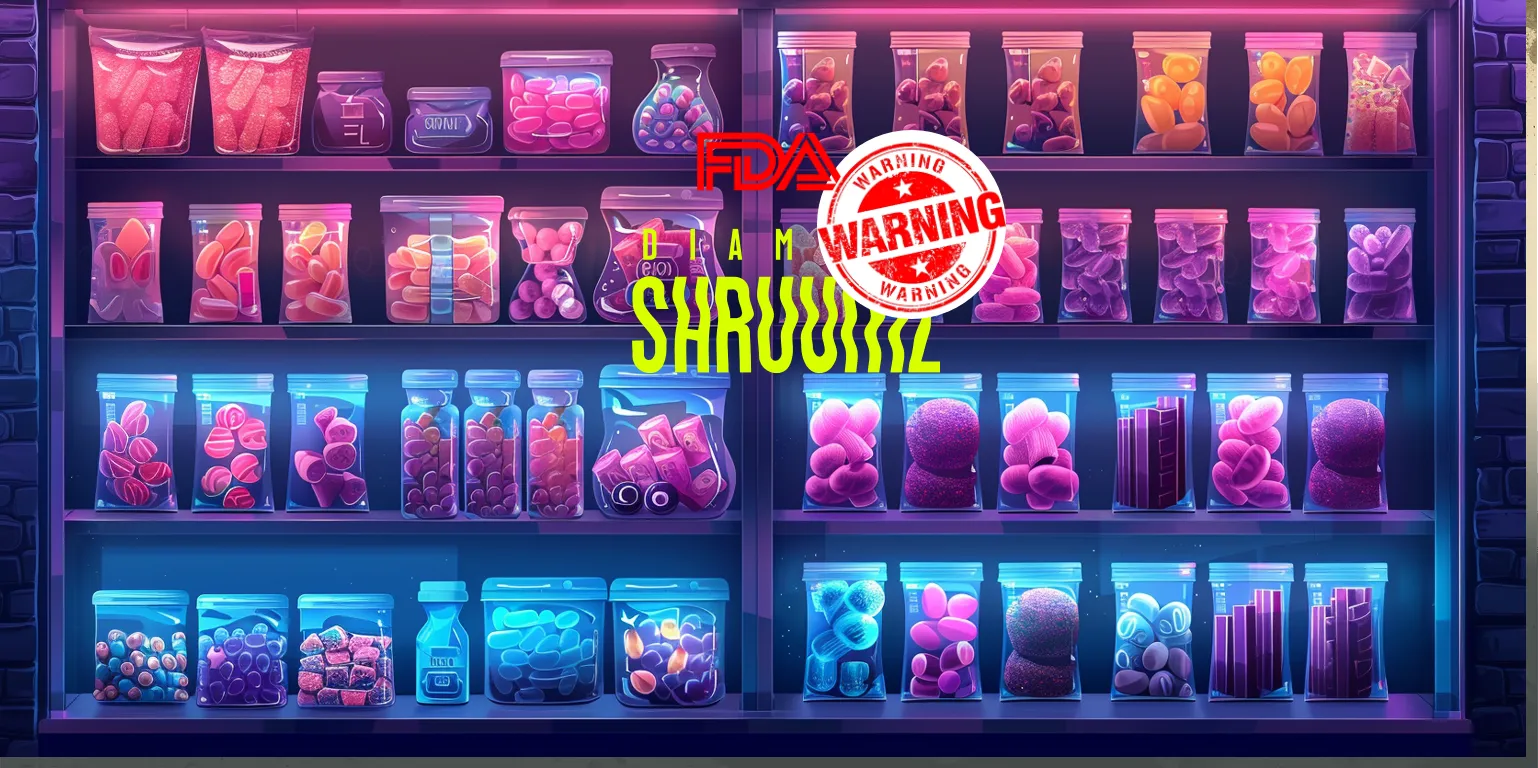Art has been a key part of human expression since long before our ancestors discovered language, mathematics, or even the civilization-altering wheel. And humanity has been consuming psychedelics for as long as we’ve been creating art (perhaps even longer). In fact, some argue that psychedelic substances are nearly as essential as fire to the development of our species. Psychedelics–in the form of psilocybin (aka magic mushrooms), ergot fungus (the fungi from which LSD was synthesized), 5-MeO-DMT (found in toad venom), the famous ayahuasca brew, and ibogaine–have been essential parts of various cultures for thousands of years.(1)
It doesn’t take much of a logical leap to see how psychedelics have influenced human art. In the modern era alone, we have the explosion of the “psychedelic art” genre of the 1960s and onwards. Today, famed founder of the Chapel of Sacred Mirrors, Alex Grey, and other lesser-known (but profoundly talented) artists such as Snowflake Vyrostek of Snowzilla Arts, are creating stunning pieces all influenced by psychedelics.
From ancient times to the present, psychedelics have inspired visual artists, been the muses of famous poets, and even inspired some of our favorite superheroes.
Algerian Cave Paintings: Ancient Hallucinogenic Imagery in the Sahara (c. 9000 BCE)
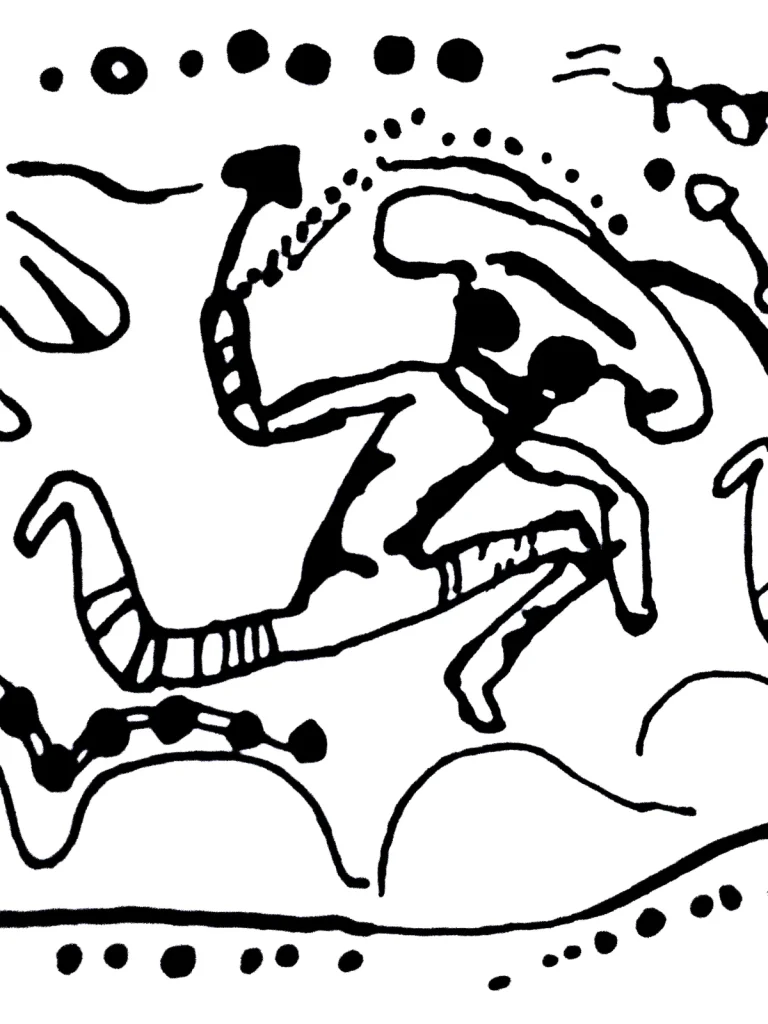
The Tassili n’Ajjer plateau in southeastern Algeria is home to a vast collection of prehistoric rock art, with some pieces dating back as far as 9000 BCE. Among these ancient works, several examples of paintings appear to depict the use of hallucinogenic mushrooms, specifically psilocybin-containing species. These paintings portray human figures with what appear to be mushrooms sprouting from their bodies or held in their hands, suggesting a connection between the consumption of these substances and the religious or spiritual experiences of the artists who created these works.(2)
Keep Up with Uncensored Psychedelic Trends
Join our newsletter at Psychedelics Uncensored.
We respect and protect your privacy. By subscribing your info will be subject to our privacy policy . Unsubscribe easily at any time
Selva Pascuala Cave Paintings: Magic Mushrooms of Prehistoric Spain (c. 6000 BCE)
In the Selva Pascuala cave, located in eastern Spain, researchers have discovered a series of prehistoric paintings believed to depict psilocybin mushrooms. These paintings date back to approximately 6000 BCE and show what appears to be a group of mushroom-like objects with wavy stems and rounded caps, a characteristic shape associated with Psilocybe mushrooms. While the interpretation of these paintings is still debated, the presence of these mushroom-like figures suggests a possible link between the prehistoric artists and the use of psychedelic substances in ancient rituals or ceremonies.(3)
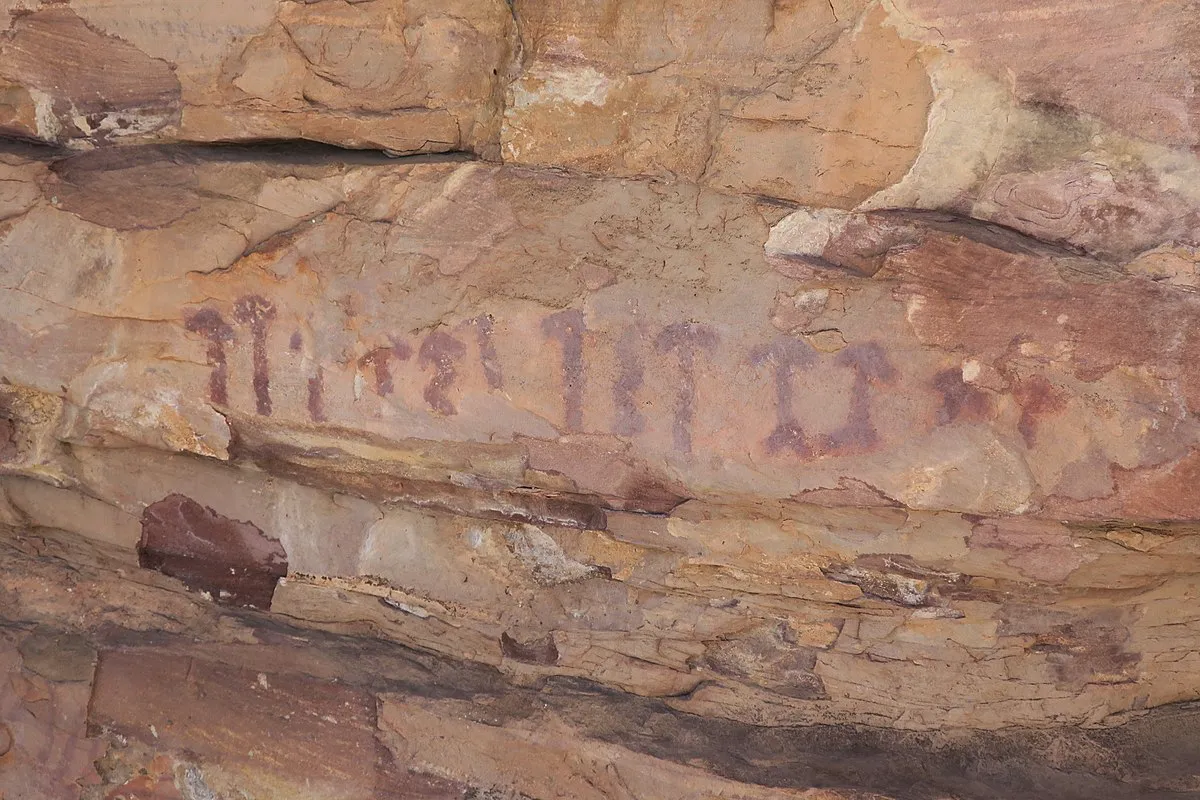
Mayan Mushroom Stones: Ancient Testaments to Ritual Psychedelic Use (c. 1000 BCE to 900 CE)
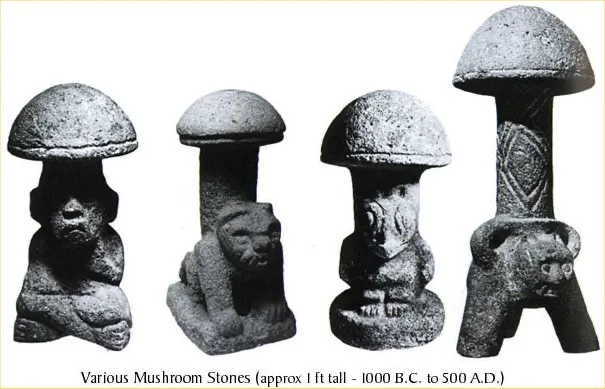
The Mayan civilization flourished in Mesoamerica between 2000 BCE and 1500 CE and is well-known for its sophisticated art, architecture, and spiritual practices. One of the most intriguing group of artifacts left behind by the Mayans are the so-called “mushroom stones.” These small, carved stone sculptures depict mushrooms with human or animal faces, often with intricate detail. The exact purpose of these artifacts remains a mystery, but some scholars believe they were used in religious or ritual contexts involving the consumption of hallucinogenic mushrooms.(4)
Hieronymus Bosch’s “The Garden of Earthly Delights”: A Renaissance Vision of Psychedelics (c. 1490-1510)
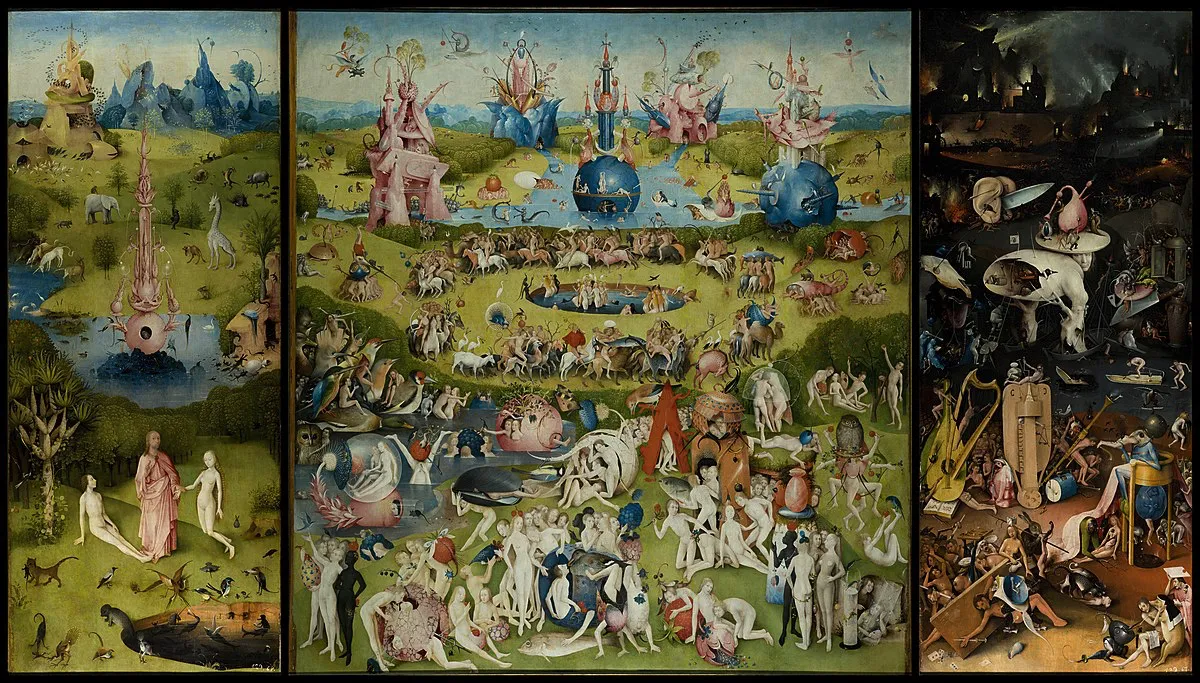
Dutch painter Hieronymus Bosch’s iconic triptych, “The Garden of Earthly Delights,” is an enigmatic work of art that has captivated viewers for centuries. While not explicitly depicting psychedelic substances, the painting is filled with strange and surreal imagery that some art historians believe was inspired by the artist’s experiences with hallucinogenic plants or fungi. The central panel of the triptych portrays a chaotic, otherworldly landscape populated by bizarre creatures and sinners engaged in various acts of debauchery, suggesting a nightmarish vision of a drug-induced state (aka a bad trip).(5)
Psychedelic Art of the 1960s and 1970s: Visions of Counterculture
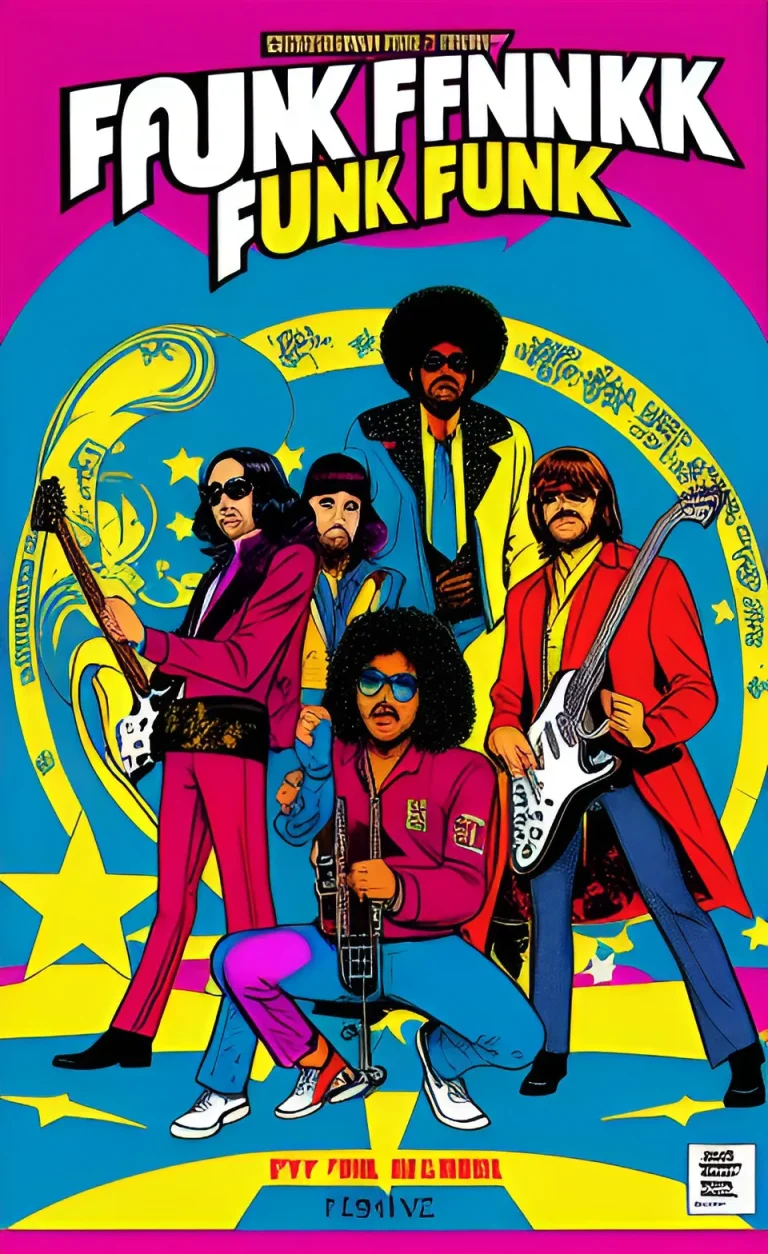
The 1960s and 1970s saw the rise of the counterculture movement, which embraced the use of psychedelic substances as a means of personal growth and self-discovery. This period also gave birth to a new genre of art known as “psychedelic art,” which sought to visually represent the mind-expanding experiences associated with using substances like LSD and psilocybin. Artists like Peter Max and Wes Wilson created colorful, swirling, and highly stylized images that captured the essence of the psychedelic experience, leaving an indelible mark on the era’s visual culture.(6)
Psychedelics and Their Continued Influence on Human Creativity and Artistic Expression
From ancient Mayan rituals to modern visionary art, psychedelic substances have long been intertwined with the human experience of creativity and artistic expression. This scant handful of examples, spanning thousands of years and various cultures, demonstrates the profound impact that psychedelics have had on the development of art throughout history. While we’ve only highlighted a few noteworthy cases, there are an unknown number of additional examples. Surely thousands of artists take inspiration from the weird, wonderland of mystical experiences they’ve had while under the guiding influence of psychedelics.
The profound impact of psychedelic substances on human creativity fascinates scholars and scientists worldwide. Research has shown that using substances like LSD and psilocybin can lead to increased creative problem-solving, enhanced visual and auditory perception, and a greater sense of connection to the world around us. These altered states of consciousness enable individuals to break free from traditional thought patterns and access new ways of perceiving and understanding our world–ultimately inspiring creative works that might not have otherwise been possible.(7, 8)
Keep Up with Psychedelic Trends
Get uncensored psychedelic news, events, and updates. Join Psychedelics Uncensored!
We respect and protect your privacy. By subscribing your info will be subject to our privacy policy . Unsubscribe easily at any time
As we strive better to understand the complex relationship between psychedelics and artistic expression, it becomes increasingly evident that these substances have played, and will continue to play, a vital role in shaping the landscape of the human experience.(9, 10)
Sources

1. Rodríguez Arce, J. M., & Winkelman, M. J. (2021). Psychedelics, Sociality, and Human Evolution. Frontiers in Psychology, 12. Retrieved from, https://doi.org/10.3389/fpsyg.2021.729425.
2. Samorini, G. (1992). The oldest representations of hallucinogenic mushrooms in the world (Sahara Desert, 9000-7000 BP). Integration, 2(3), 69-78. Retrieved from, https://www.academia.edu/79946409/The_oldest_representations_of_hallucinogenic_mushrooms_in_the_world_Sahara_Desert_9000_7000_B
3. Akers, B. P., Ruiz, J. F., Piper, A., & Ruck, C. A. (2011). A prehistoric mural in Spain depicting neurotropic Psilocybe mushrooms? Economic Botany, 65(2), 121-128. Retrieved from, https://link.springer.com/article/10.1007/s12231-011-9152-5.
4. Lowy, B. (1971). New records of mushroom stones from Guatemala. Mycologia, 63(5), 983–993. Retrieved from, https://pubmed.ncbi.nlm.nih.gov/5165831/.
5. Fraenger, W. (1951). Hieronymus Bosch: The Millenium of the Earthly Paradise. Pantheon Books. Retrieved from, https://www.jstor.org/stable/24706821.
6. Grey, A. (1990). Sacred Mirrors: The Visionary Art of Alex Grey. Inner Traditions.
7. Grinspoon, L., & Bakalar, J. B. (1979). Psychedelic Drugs Reconsidered. Basic Books. Retrieved from, https://www.ojp.gov/ncjrs/virtual-library/abstracts/psychedelic-drugs-reconsidered.
8. Carhart-Harris, R. L., Kaelen, M., Bolstridge, M., Williams, T. M., Williams, L. T., Underwood, R., … & Nutt, D. J. (2016). The paradoxical psychological effects of lysergic acid diethylamide (LSD). Psychological Medicine, 46(7), 1379-1390. Retrieved from,https://pubmed.ncbi.nlm.nih.gov/26847689/.
9. Frecska, E., Móré, C. E., Vargha, A., & Luna, L. E. (2012). Enhancement of creative expression and entoptic phenomena as after-effects of repeated ayahuasca ceremonies. Journal of Psychoactive Drugs, 44(3), 191-199. Retrieved from, https://pubmed.ncbi.nlm.nih.gov/23061318/.
10. Sessa, B. (2008). Is it time to revisit the role of psychedelic drugs in enhancing human creativity? Journal of Psychopharmacology, 22(8), 821-827. Retrieved from, https://pubmed.ncbi.nlm.nih.gov/18562421/.
This material is not intended as a replacement or substitute for any legal or medical advice. Always consult a medical professional about your health needs. Psychedelics are widely illegal in the United States, and readers should always be informed about local, state, and federal regulations regarding psychedelics or other drugs.
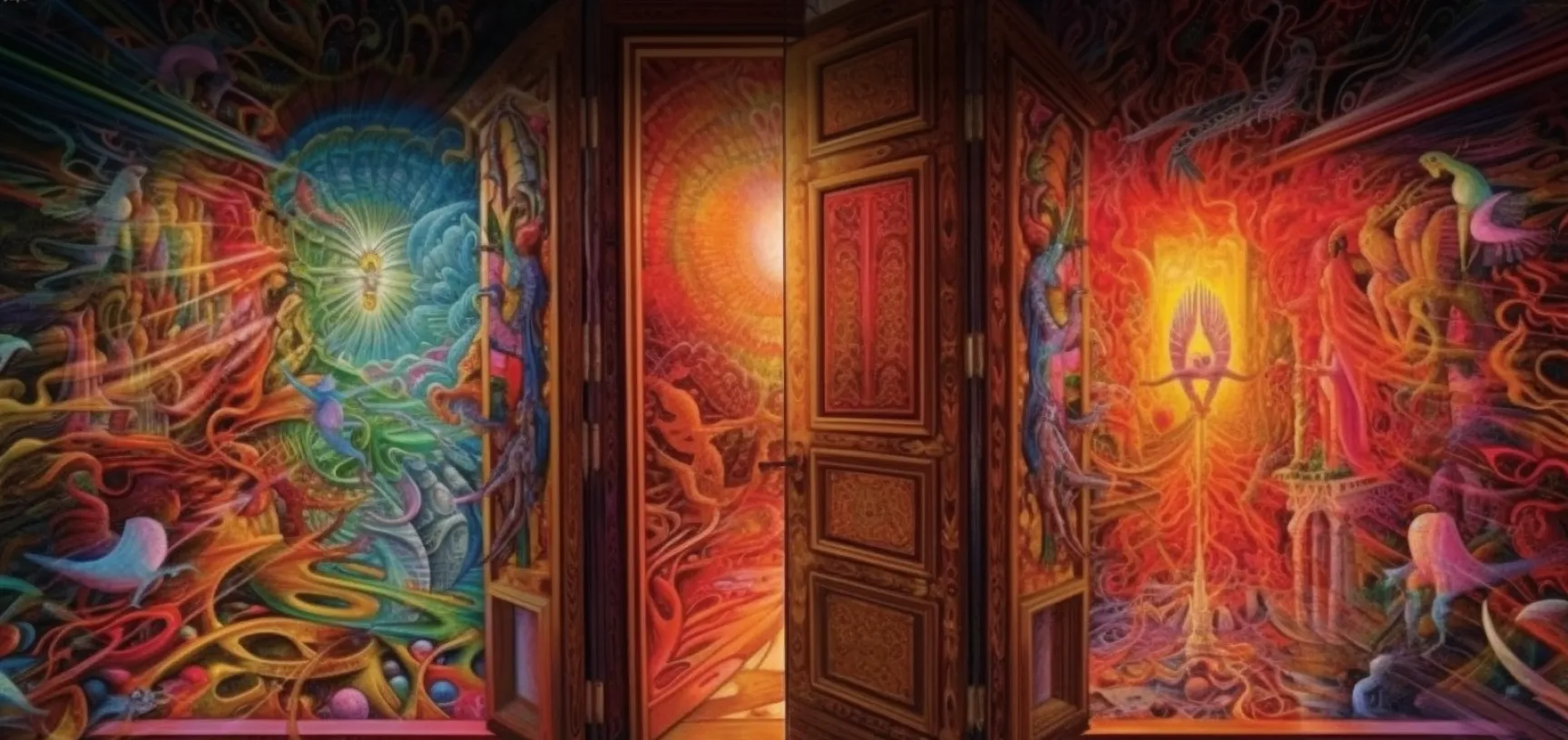
 David Connell
David Connell